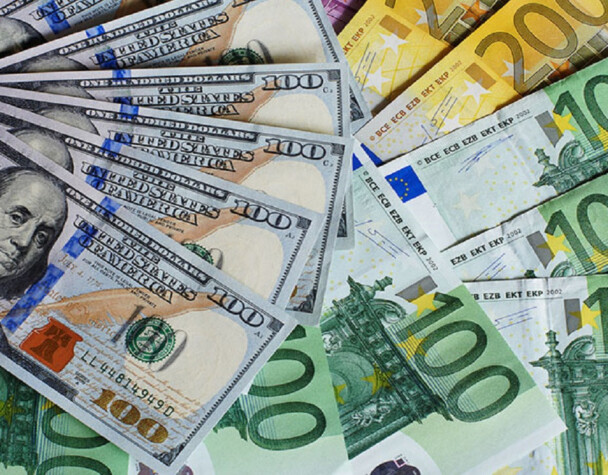
U.S. Dollar Weakens Against Euro Amid Trade Tensions and Recession Fears
Wed, March 12, 2025USD/EUR Exchange Rate Sees Sharp Movement
On March 11, 2025, the U.S. dollar (USD) lost ground against the euro (EUR), as escalating trade tensions and fears of a U.S. economic slowdown drove investors toward alternative currencies.
By the end of the trading session, the euro strengthened by 0.6%, pushing the EUR/USD exchange rate to $1.0912, its highest level since November 2024. Meanwhile, the USD fell from €0.9227 to €0.9162, marking a sharp daily decline.
The movement in currency markets came as a result of growing uncertainty over the direction of U.S. trade policy. Investors reacted to President Donald Trump’s surprise decision to double tariffs on Canadian steel and aluminum, a move that sparked concerns about retaliatory trade measures and potential disruptions to supply chains.
This trade-induced uncertainty led to a flight from the dollar, as traders worried about the broader economic impact. At the same time, the euro gained support from stabilizing European economic data and increased expectations that the European Central Bank (ECB) may take a more hawkish stance on interest rates.
Trade Tensions and Economic Concerns Pressure the Dollar
The USD’s decline was largely driven by trade war fears, which have once again resurfaced following Trump’s tariff announcement. With the U.S. already battling concerns over slowing growth, this protectionist stance raised fresh doubts about the resilience of the economy.
Analysts have warned that these escalating trade disputes could have a knock-on effect on corporate profits, inflation, and overall economic stability. Investors are now pricing in a greater risk of a “Trumpcession”, a term used to describe a potential recession triggered by aggressive trade policies.
Beyond trade policy, market sentiment was further dampened by weak U.S. economic indicators. The latest small-business confidence report showed a third consecutive monthly decline, reinforcing concerns that consumer demand and business expansion may be slowing. This further weighed on the dollar, as investors sought safer havens in alternative currencies.
Conversely, the euro was able to capitalize on these uncertainties. While European economies have also faced headwinds in recent months, the latest data suggests a degree of stabilization in key sectors such as manufacturing and services. Additionally, some traders bet on the possibility that the ECB may consider a more aggressive stance on inflation control, helping to bolster the euro’s appeal.
What’s Next for the USD/EUR Exchange Rate?
Looking ahead, currency markets remain highly volatile, with the USD/EUR exchange rate likely to be influenced by further trade developments and economic data releases.
Key factors to watch include:
- Further U.S. trade policy announcements, which could lead to more volatility if additional tariffs or retaliatory measures emerge.
- Upcoming Federal Reserve decisions, particularly whether the central bank will adjust its monetary policy in response to slowing economic indicators.
- European Central Bank (ECB) policy signals, as a potential shift towards interest rate hikes could further support the euro.
While the dollar remains the world’s dominant reserve currency, continued trade uncertainty and fears of a U.S. slowdown may continue to pressure USD exchange rates. Investors will be closely monitoring the situation, ready to react to any new developments in global trade and monetary policy.

